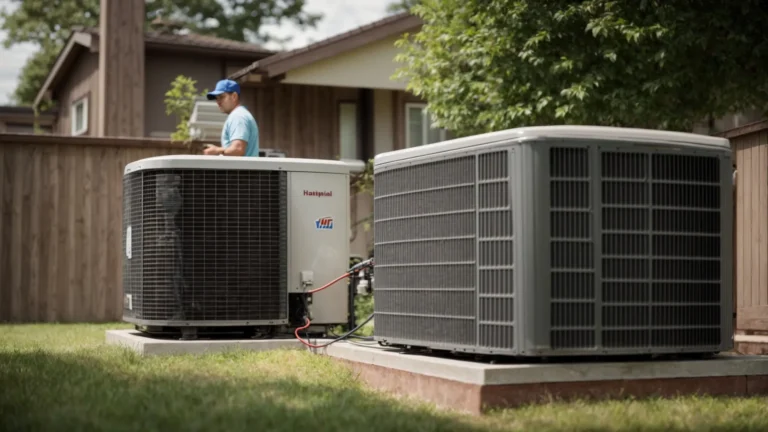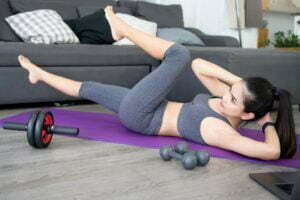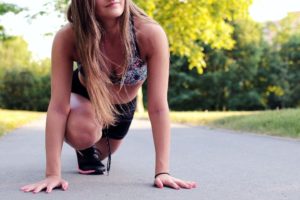Introduction
Weighted vests have become increasingly popular in the fitness world, gaining recognition among athletes, fitness enthusiasts, and even rehabilitation specialists. These training tools, which add extra resistance to the body during exercise, provide numerous benefits, from improving strength and endurance to enhancing weight loss and functional fitness. With scientific backing and real-world applications, weighted vests are proving to be more than just a passing trend. This article explores why weighted vests are gaining popularity in fitness and how they can be effectively incorporated into various training regimens.
1. Enhancing Strength and Endurance
One of the primary reasons fitness enthusiasts turn to weighted vests is their ability to increase strength and endurance. By adding extra weight, these vests create greater resistance, requiring muscles to work harder. This increased effort results in higher muscle fiber activation and improved strength over time. Research indicates that bodyweight exercises such as push-ups, lunges, and squats become significantly more effective when a weighted vest is incorporated.
For endurance athletes, weighted vests provide a practical way to boost cardiovascular efficiency. When used during activities like running, hiking, and stair climbing, these vests elevate heart rate responses, improving aerobic capacity and stamina. Training with added weight forces the cardiovascular system to adapt, leading to enhanced endurance performance over time.
2. Improving Bone Density and Joint Health
Weighted vests contribute to improved bone health by stimulating osteogenesis, the process of bone formation. Weight-bearing exercises have long been recommended for bone strengthening, and adding a weighted vest further amplifies this benefit. Studies suggest that individuals who engage in resistance-based training with additional weight experience increased bone mineral density, reducing the risk of osteoporosis and fractures.
Moreover, weighted vests encourage proper joint stability. By applying controlled resistance, they help improve joint alignment and mobility, reducing the likelihood of injuries. This makes them particularly beneficial for older adults and those at risk for joint-related issues.
3. Boosting Caloric Burn and Fat Loss
Weighted vests significantly enhance caloric expenditure, making them a valuable tool for weight management. The added resistance increases the effort required for movement, leading to a higher metabolic rate both during and after exercise. Studies show that individuals who perform cardiovascular exercises while wearing weighted vests experience a greater calorie burn than those who exercise without additional resistance. (Ohlsson, 2020).
High-intensity interval training (HIIT) paired with a weighted vest can further accelerate fat loss. Movements such as jump squats, burpees, and mountain climbers become even more demanding, resulting in higher energy expenditure and greater fat reduction over time.
4. Enhancing Functional Fitness and Athletic Performance
Functional fitness, which focuses on movements used in daily activities, can be significantly improved with weighted vests. By adding resistance to common motions such as lifting, carrying, and climbing, these vests enhance strength and mobility in a practical way.
Athletes across various sports use weighted vests to mimic real-world conditions. Football players, basketball athletes, and military personnel use weighted vests to build explosive power, agility, and endurance. For professionals such as firefighters and law enforcement officers, weighted vests help simulate gear loads, improving their ability to perform physically demanding tasks efficiently.
5. Versatility Across Fitness Levels
Weighted vests offer remarkable versatility, making them suitable for individuals of all fitness levels. Unlike complex gym equipment, they can be used in a variety of settings, from home workouts to outdoor training sessions.
- Beginners can start with light resistance and integrate the vest into basic bodyweight exercises.
- Intermediate users can incorporate weighted vests into running, hiking, and functional training.
- Advanced athletes can increase the resistance for maximum strength gains and endurance improvements.
This adaptability makes weighted vests a preferred choice for fitness enthusiasts looking for scalable training solutions.
6. Cognitive and Mental Benefits
Beyond physical fitness, weighted vests offer cognitive and mental health benefits. Research suggests that wearing a weighted vest can improve proprioception—the body’s ability to sense its position and movement. This increased awareness enhances balance, coordination, and movement efficiency.
Additionally, the added resistance during workouts fosters mental resilience. Training under increased difficulty builds discipline and perseverance, skills that translate beyond fitness into everyday life.
7. Rehabilitation and Injury Prevention
Weighted vests play a significant role in physical therapy and rehabilitation. Controlled resistance can help individuals recovering from injuries regain strength safely. For example, those recovering from knee injuries can use a weighted vest to perform gradual lower-body exercises without excessive strain.
Furthermore, weighted vests are valuable for older adults participating in balance training. By providing additional load in a controlled manner, these vests help reduce fall risks and improve overall mobility.
8. Scientific Backing: What Research Says
Numerous studies support the effectiveness of weighted vest training:
- A study in the Journal of Strength and Conditioning Research found that athletes who trained with weighted vests improved their sprint speed and explosive power more than those who trained without added resistance. (Rey, 2010)
- Research published in the European Journal of Applied Physiology demonstrated that wearing weighted vests during endurance training resulted in higher oxygen consumption and better aerobic capacity.
- A study on postmenopausal women found that incorporating weighted vests into exercise routines significantly increased bone density, reducing osteoporosis risk.
These findings reinforce the role of weighted vests in enhancing strength, endurance, and overall fitness progression.
9. Choosing the Right Weighted Vest
To maximize the benefits of weighted vests, selecting the right one is essential. Key considerations include:
- Adjustability: Adjustable vests allow for gradual resistance progression.
- Weight Recommendations: Beginners should start with 5-10% of their body weight, while experienced users can increase to 15-20%.
- Comfort and Fit: A secure yet comfortable vest ensures proper movement without restricting performance.
- Material Quality: Breathable, durable materials provide comfort and longevity.
10. How to Incorporate a Weighted Vest into Your Routine
For those looking to integrate weighted vests into their fitness regimen, here are some effective approaches:
- Strength Training: Enhance bodyweight exercises like push-ups, squats, and pull-ups.
- Cardio Workouts: Wear a vest during running, hiking, or stair climbing.
- HIIT Workouts: Add resistance to short bursts of high-intensity exercises.
- Daily Activities: Use a light vest during walking or household chores for subtle strength improvements.
Conclusion
The growing popularity of weighted vests in fitness is well-founded. Their ability to enhance strength, endurance, bone density, and caloric burn makes them a powerful addition to any training program. Whether you’re an elite athlete, a beginner, or someone recovering from an injury, weighted vests provide versatile, scalable, and scientifically-backed benefits.
As fitness trends evolve, weighted vests remain a practical and effective tool for achieving fitness goals. If you’re looking for a simple yet impactful way to boost your workout intensity, incorporating a weighted vest could be the next step in your fitness journey.
References
Claes Ohlsson, Edwin Gidestrand, Jacob Bellman, Christel Larsson, Vilborg Palsdottir, Daniel Hägg, Per-Anders Jansson, John-Olov Jansson. Increased weight loading reduces body weight and body fat in obese subjects – A proof of concept randomized clinical trial.(2020, April 20). ScienceDaily. https://www.sciencedaily.com/releases/2020/04/200430091301.htm
Rey E, Padrón-Cabo A, Fernández-Penedo D. Effects of Sprint Training With and Without Weighted Vest on Speed and Repeated Sprint Ability in Male Soccer Players. PubMed. https://pubmed.ncbi.nlm.nih.gov/27893482/























